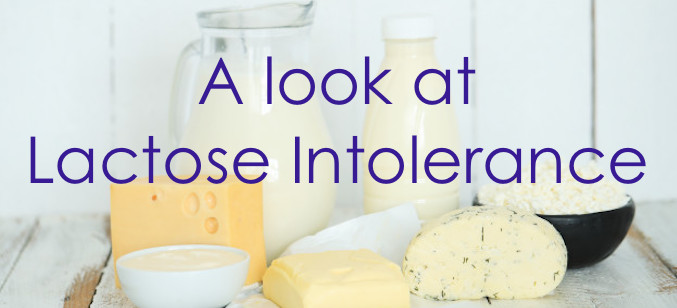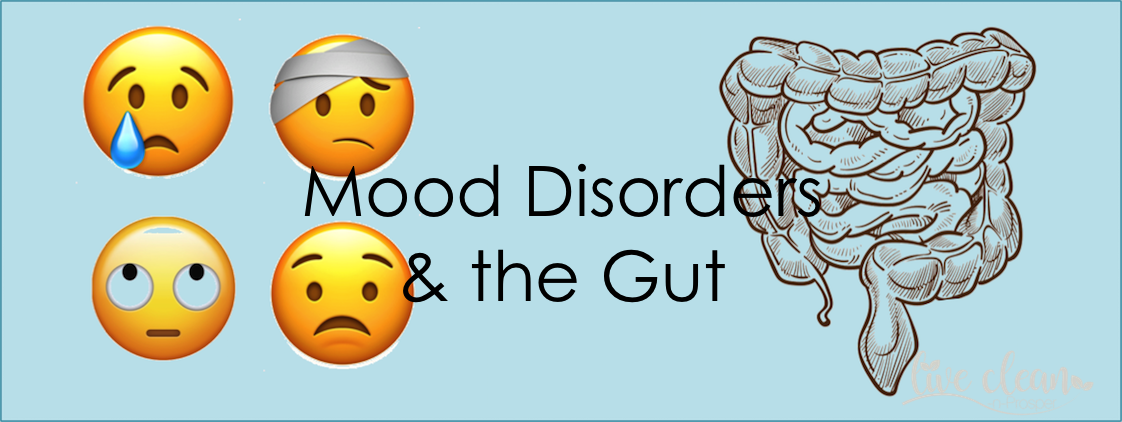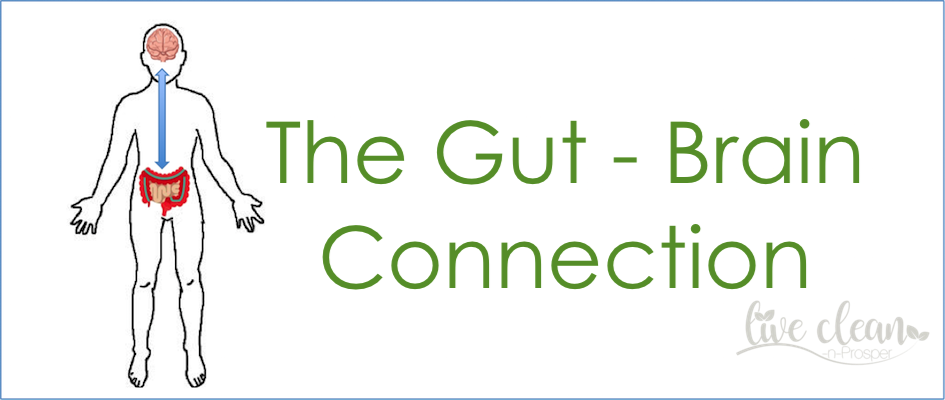Todays post is about lactose intolerance. This has been a recent topic of discussion amongst my work colleagues. I decided to do a bit or research and, as usual, share my findings.
First, what is lactose?
Lactose is the main carbohydrate component of mammalian milk. It is a disaccharide consisting of glucose and galactose. Lactose is also found in breast milk, and almost everyone is born with the ability to digest it. Human milk actually contains about 70 grams per L (7%) of lactose. In comparison, cows milk only contains about 46 grams per L (4.6%).
What is lactose intolerance?
This condition, which is also called lactose malabsorption, is usually harmless, but its symptoms can be uncomfortable. In some cases, it has been confused with cow’s milk allergy. However cow’s milk allergy usually has additional external symptoms such as hives and swelling of the lips and tongue.
Lactose intolerance is caused by a lack of a certain enzyme produced in the small intestine. This enzyme is called ‘lactase’. The body uses it to break lactose down into glucose and galactose, which can then be absorbed into the bloodstream and used for energy.
It is possible to have low levels of lactase and still be able to digest milk products. But if the levels are too low, this will result in an inability to digest the lactose. The lactose in your food moves into the colon instead of being processed and absorbed in the gut. In the colon, normal bacteria interact with undigested lactose. This creates symptoms such as abdominal cramps, diarrhoea, gas and bloating after eating or drinking dairy products.
There are two main types of lactose intolerance, which have different causes.
The most common is primary lactose intolerance. It is caused by a decrease in lactase production with age, so that lactose becomes poorly absorbed. This form of lactose intolerance may be partially caused by genes, because it’s more common in some populations than others.
The other type, secondary lactose intolerance, is rare. It is usually caused by illness, such as a stomach bug or a more serious issue like celiac disease. This is because inflammation in the gut wall can lead to a temporary decline in the body’s lactase production.
How is it diagnosed?
A doctor can confirm a diagnosis of lactose intolerance by conducting several tests. The most common are a Hydrogen breath test and a Lactose tolerance test.
The Hydrogen breath test: after drinking a liquid that contains high levels of lactose, the doctor measures the amount of hydrogen in the person’s breath at regular intervals. Breathing out too much hydrogen indicates that the lactose isn’t being fully digesting or absorbed.
The Lactose tolerance test: blood samples are taken 2 hours after drinking a liquid that contains high levels of lactose. Tests are then conducted to measure the amount of glucose in the blood. If the glucose level doesn’t rise, it means the lactose isn’t being properly digested and absorbed.
Is dairy totally off limits?
All dairy foods contain lactose, but this doesn’t mean they are totally off limits for people with lactose intolerance. Most people with lactose intolerance can tolerate small amounts of lactose. For example, some people can tolerate the small amount of milk in tea but not the amount you would get from a bowl of cereal.
Dairy products like butter, yogurt and some cheeses, as well as low fat and skim milk are often tolerated better than whole milk. Most people with lactose intolerance can manage the condition without having to give up all dairy foods.
It is also possible to buy enzymes to help digest lactose. There are lactase enzyme supplements tablets available or drops that can be added to foods and drinks.
As with all supplements, the effectiveness of these products can to vary from person to person.
If you think you may be suffering from this condition, as always, seek advice from a health professional.
I hope you found this information helpful.
Till the next post,
Live clean n Prosper.
(Sources – Mayo Clinic, Karger – Annuls of Nutrition and Metabolism, US National Library of Medicine, Healthline )



